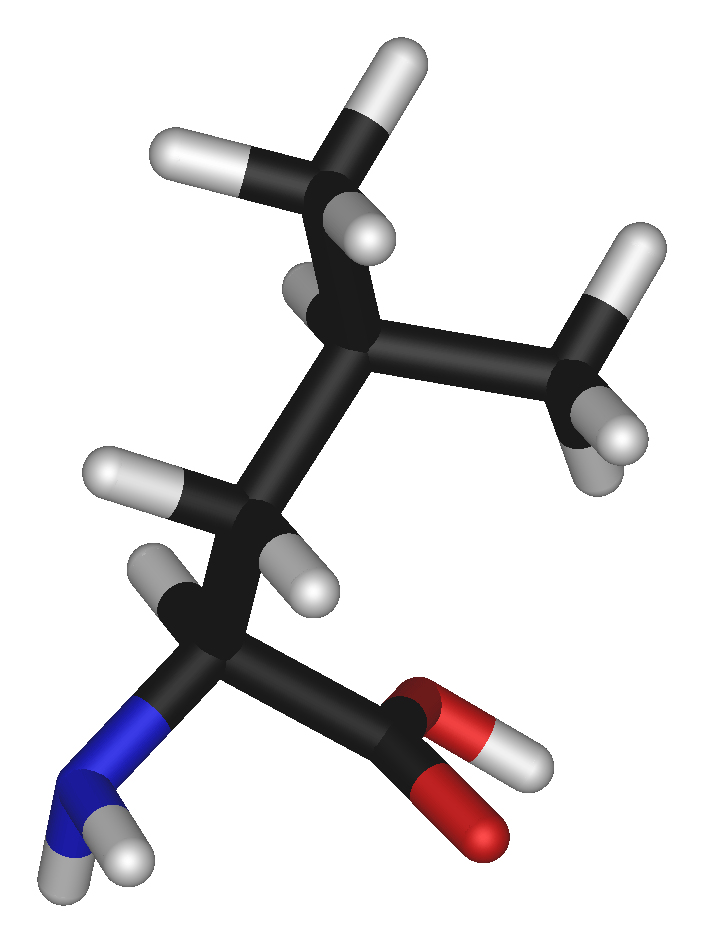Investigating the effectiveness of D- Leucine as an anti-seizure agent

One of the diseases that remains scarcely investigated in regard to potential application of amino acids as medicine is the intractable epilepsy. Amino acids seem to be promising medicines for such cases, given the other approaches that have been used so far for their treatment. Such a thought has triggered research in the field with great results.
L-Leucine and L-Lysine have been used as inhibitors of seizures in mice, with protective action exhibited only in the first case; L-Lysine failed to provide protection against induced seizure. In addition to this discovery, it was also found that D-Leucine also acted as a seizure inhibitor, probably even more efficient that L-isomer. This is especially important, since D-isomer is found in the brain, in tiny quantities. D-isomer also exhibited long term action and inhibition even after the seizure was induced. Such effects make this amino acid a potential anti seizure agent that was unknown up to now.
This fact is a great breakthrough in medicinal industry since, the anti-seizure drugs have not been significantly improved for decades. The most viable solution up to date was a high fat, low carbohydrates diet which presents difficulties in its utilization, as has been discussed by many research groups. The idea and the logic in choosing L-Leucine for testing its potential action against occurrence of seizures lie in the fact that L-Leucine is a ketogenic amino acid; its degradation produces ketonic compounds that have been utilized in the field. A reason that this investigation did not occur years ago, is partly because older works suggested that high levels of L-Leucine are correlated with increased seizures frequency and acute exposure with hypoglycemia. The actual mechanisms of action of both L- and D- isomers have yet not been proved. Continuation of this research work should aim at revealing the real biological/ chemical mechanisms behind this action so that more amino acids could be identified as potential seizure inhibitors or synergistic agents for L- and D- Leucine.
D-Leucine has a very interesting attribute; it is not included into mammalian proteins. This characteristic, along with the discovered anti-seizure action could become a part of the vegan diet debate, which is so active in our times. The specific amino acid is found in food and it accumulates in traces in the brain; vegan supporters can further continue the presented investigation to suggest more advantages of a mammalian free diet for the modern world, which meets moral requirements as well as health ones. Other such amino acids with familiar effects would strengthen this point. The structural differences between the two isomers will reveal the actual pathways of anti-seizure action. It is possible that steric hindrances between a two bodies [at least] process approach are involved and result to the D isomer effectiveness in contrast to the L isomer ineffectiveness.
This observation alone can provide information on the actual pathway on molecular level; confinement effects, steric effects, inaccessibility of spaces can be assumed and studied in turn for the seizure process. Realization of experiments and/or theoretical calculations on micro scale using the information on the D isomer effectiveness can lead to significant advances in the years to come. Nutritional supplements based on the most efficient of isomers would exhibit enhanced action that today’s formulations.
